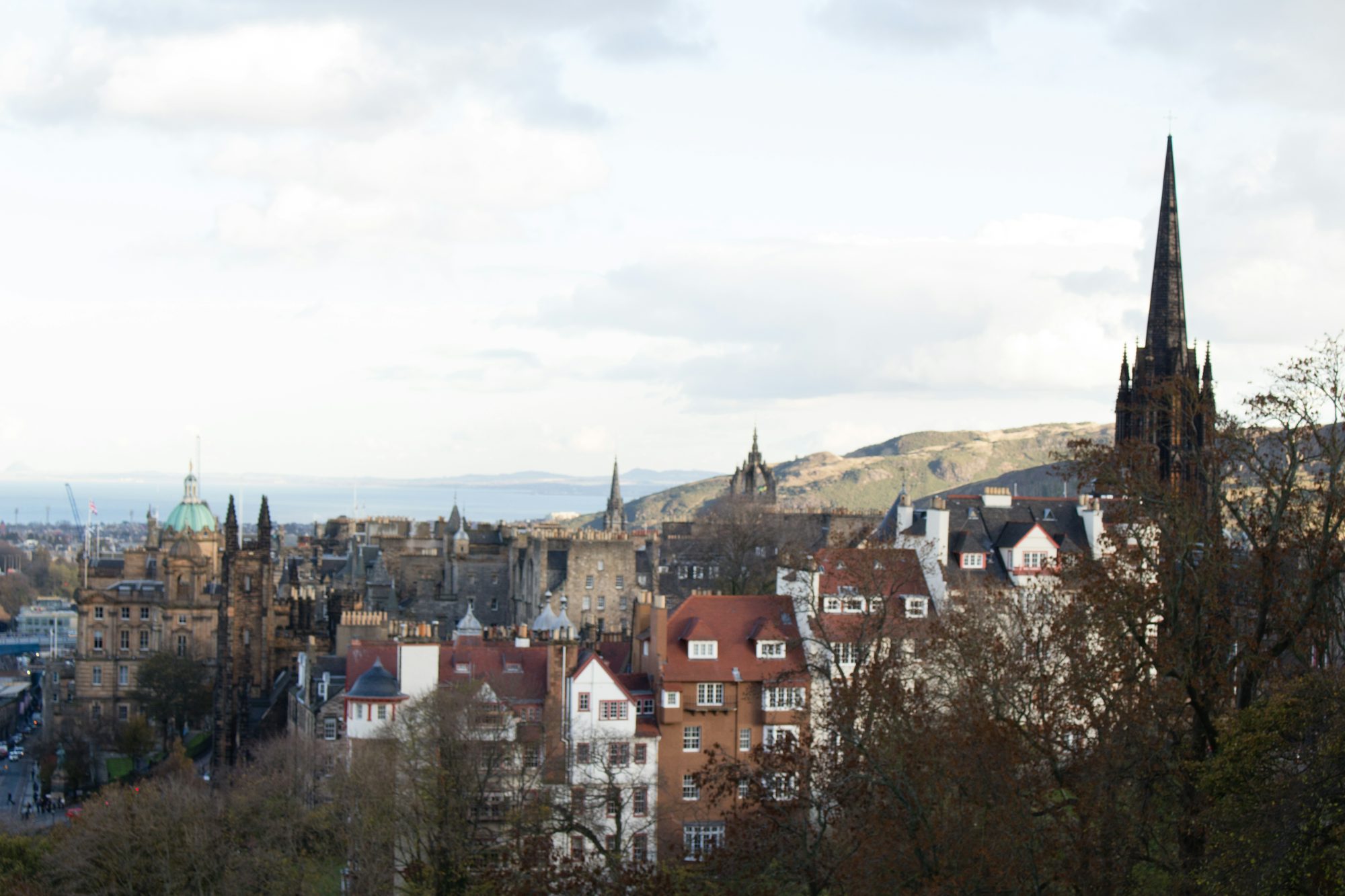Payhecxx
An exploration of the evolving real estate trends shaped by urbanization and the changing paychex needs of modern city living.
As urbanization continues to accelerate globally, the real estate landscape is evolving to accommodate new demands and preferences. Cities are becoming more than just places to live; they are dynamic ecosystems where innovation, sustainability, and community engagement intersect. Understanding these changes is essential for investors, developers, and residents alike as they navigate the complexities of modern urban living. One of the key trends reshaping urban real estate is the increasing focus on sustainability. As awareness of environmental issues grows, cities are adopting green building practices and promoting eco-friendly developments. This shift is evident in the rise of energy-efficient buildings, sustainable materials, and urban green spaces. Developers are incorporating features such as solar panels, rainwater harvesting systems, and green roofs into their projects. These initiatives not only reduce the environmental impact but also attract buyers who prioritize sustainability in their lifestyle choices. Additionally, cities are investing in public transportation and pedestrian-friendly infrastructure to minimize reliance on cars, further enhancing their appeal. In metropolitan areas, the demand for mixed-use developments is on the rise. These projects combine residential, commercial, and recreational spaces, creating vibrant communities where residents can live, work, and socialize without needing to travel far. The appeal of mixed-use developments lies in their ability to foster a sense of community while providing convenient access to amenities. Investors are increasingly interested in properties that offer a diverse range of uses, recognizing the potential for stable cash flows and higher occupancy rates. As cities become more densely populated, vertical living solutions are gaining traction. High-rise buildings are designed to maximize space while offering modern amenities. These structures often include communal areas, rooftop gardens, and fitness centers, providing residents with an enhanced lifestyle experience. Additionally, developers are exploring innovative designs that emphasize natural light and open spaces, creating inviting environments within urban settings. In megacities, the challenges of rapid urban growth are prompting innovative housing solutions. As populations swell, the demand for affordable housing is intensifying. Developers are responding with creative approaches such as micro-apartments and co-living spaces that cater to young professionals and students. These options provide residents with affordable living arrangements while fostering community interaction and collaboration. Capital cities, often seen as cultural and administrative hubs, are experiencing a surge in demand for premium real estate. Properties located near government institutions, cultural landmarks, and business districts are highly sought after. The rise of remote work has led to a shift in the demand for office space, prompting developers to create flexible work environments that can adapt to changing needs. Open-plan layouts and shared facilities are becoming more common, reflecting the evolving nature of work in a post-pandemic world. Port cities, with their strategic locations, are embracing mixed-use developments that combine residential units with commercial spaces. Waterfront properties are particularly attractive, paychex offering scenic views and recreational opportunities. Investors are increasingly interested in creating vibrant communities that cater to both residents and tourists. The integration of public spaces, such as parks and promenades, enhances the appeal of these developments, creating a sense of place that draws people in. Tech hubs, known for their concentration of startups and innovation, are redefining the real estate market. The influx of tech professionals has created a demand for modern living spaces that accommodate their lifestyle. Developers are focusing on creating environments that promote collaboration and creativity, often incorporating coworking spaces and communal areas within residential complexes. This trend is reshaping the traditional notion of home, as people seek spaces that foster connections and creativity. Tourist cities are evolving to meet the changing preferences of travelers. The rise of experiential tourism has led to an increased demand for unique accommodations that offer immersive experiences. Investors are focusing on boutique hotels, short-term rentals, and themed properties that reflect local culture. Understanding seasonal trends and traveler demographics is crucial for optimizing investment strategies in these markets. University towns continue to be vital players in the real estate landscape, driven by the constant influx of students and faculty. The demand for housing in these areas has prompted developers to create student-centric living spaces that offer modern amenities and foster community engagement. Co-living arrangements are gaining popularity, providing students with affordable housing options that encourage social interaction and collaboration. The presence of research institutions in these towns often attracts professionals and families, further diversifying the housing market and creating opportunities for investors. Financial centers are pivotal to economic activity, housing major banks and corporate offices. As the workplace continues to evolve, the demand for flexible office spaces is increasing. Investors are recognizing the value of mixed-use developments that combine office, retail, and residential components, fostering a vibrant urban ecosystem. This trend promotes work-life balance and enhances the overall quality of life in financial districts. Historic cities, with their rich cultural heritage, continue to attract interest from investors seeking to preserve and revitalize historic buildings. The restoration of these properties not only enhances their aesthetic appeal but also contributes to the unique character of the city. Investors can find opportunities in projects that maintain the integrity of historic structures while modernizing their functionality to meet contemporary demands. In conclusion, the future of urban living is being shaped by a myriad of trends driven by urbanization and changing lifestyles. From sustainability and mixed-use developments to innovative housing solutions and flexible workspaces, the real estate market is evolving to meet the needs of modern residents. By understanding these trends and adapting their strategies, investors and developers can effectively navigate the complexities of urban real estate and capitalize on the opportunities that lie ahead.